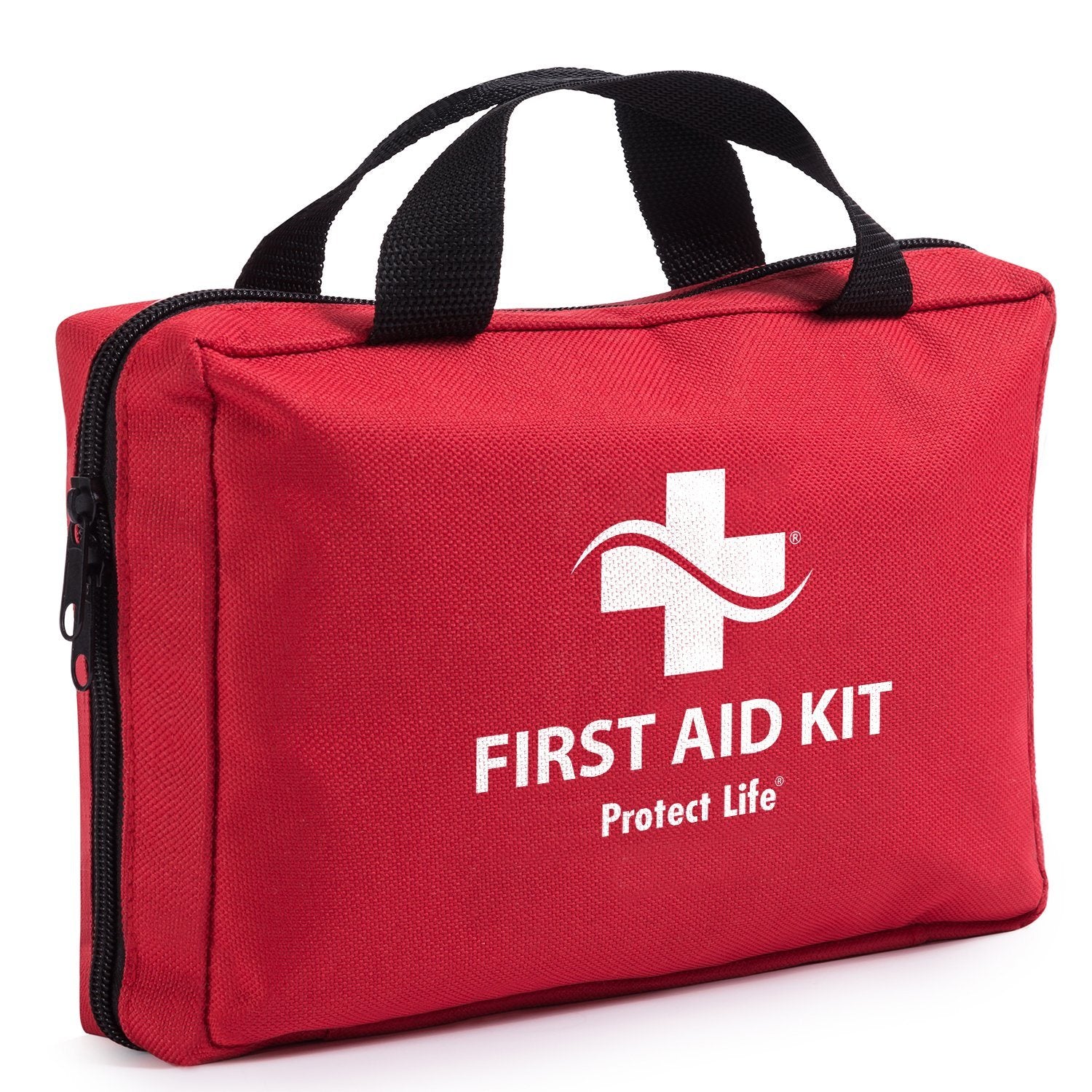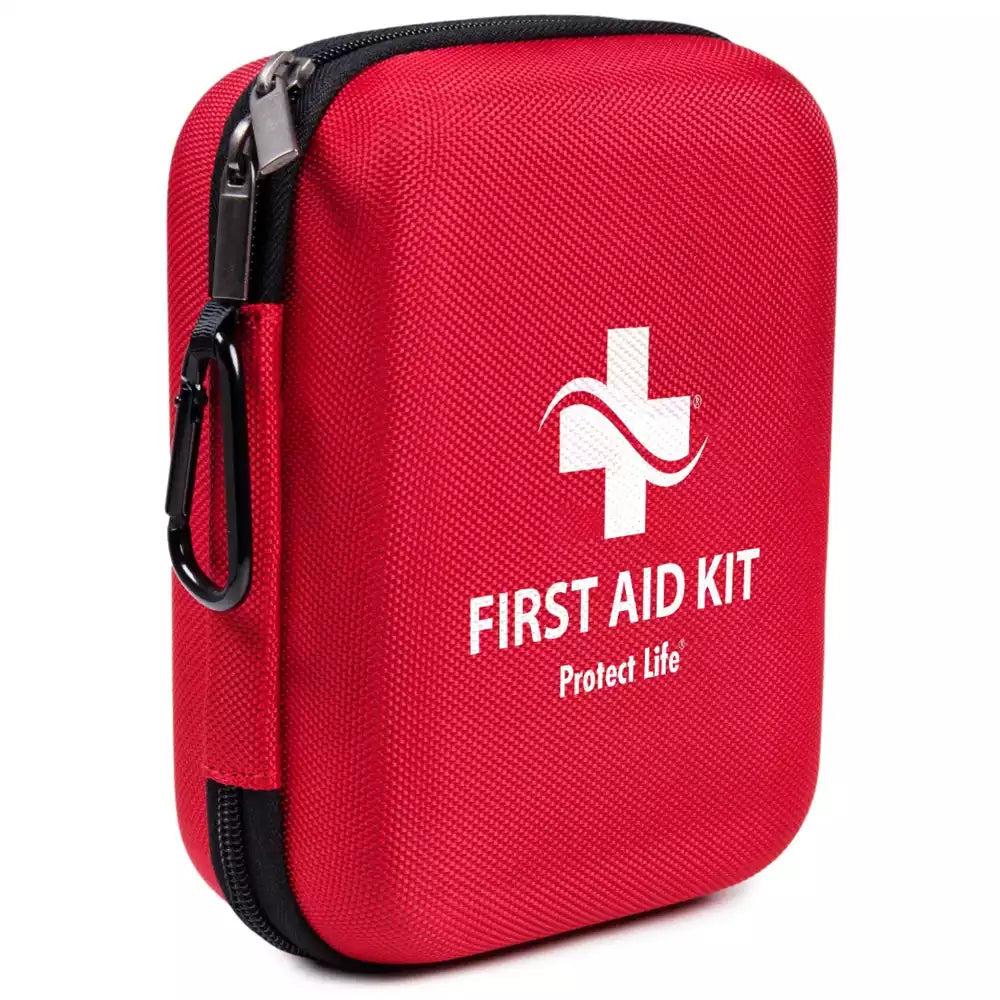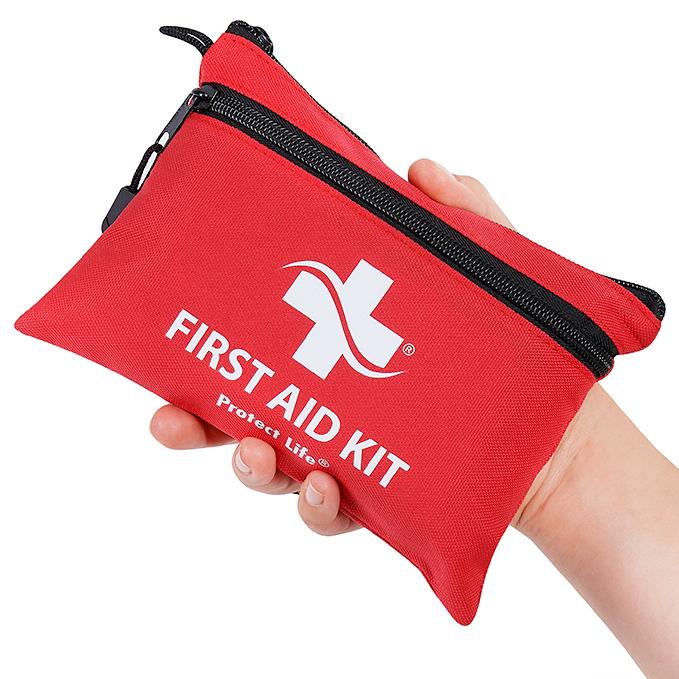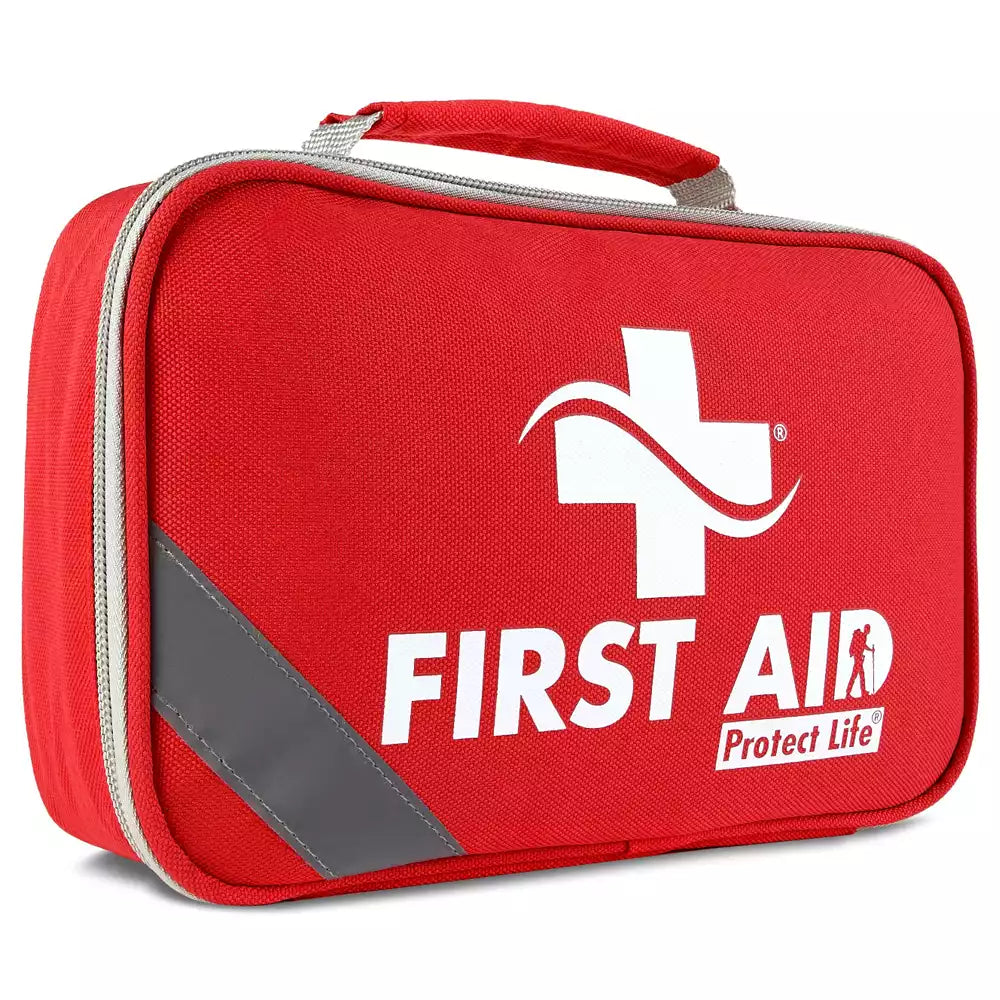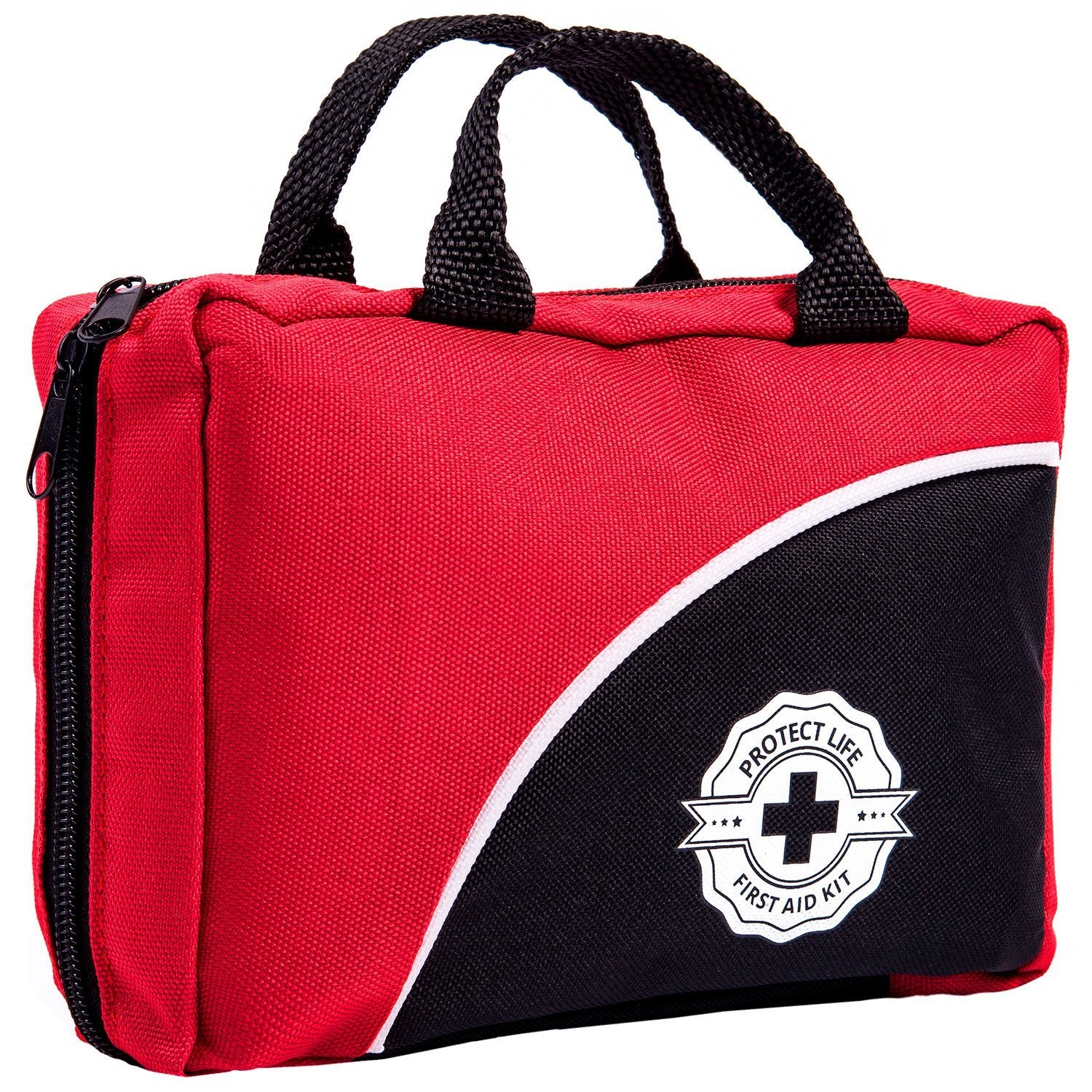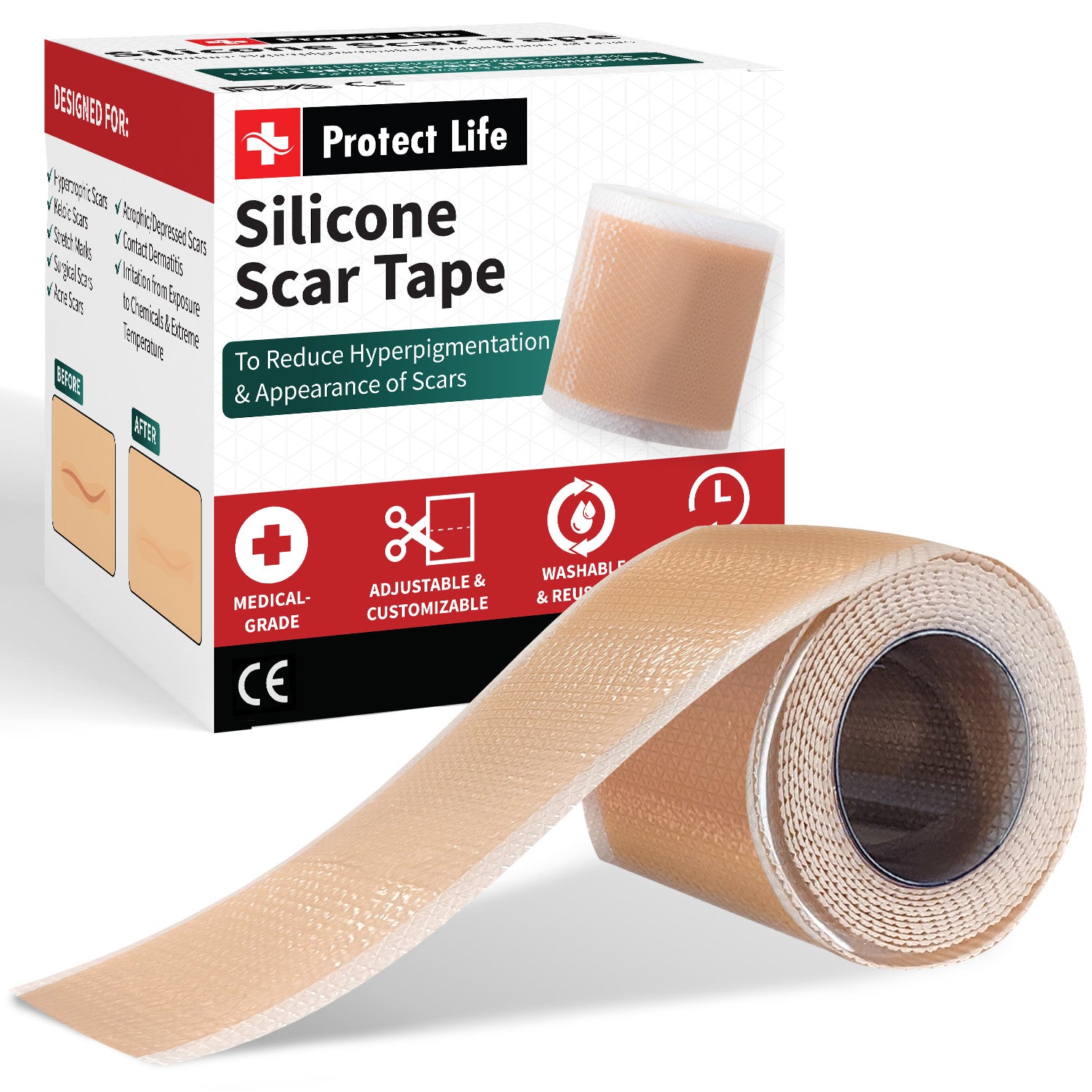Even though it’s already been months since the COVID-19 outbreak started, the pandemic is still far from being controlled. New cases are still being recorded and vaccines are still being developed. Our company makes great efforts to have N95 Masks for Sale to help people try to prevent this pandemic. However, with health experts now understanding the virus better, protocols have been set to help contain the widespread virus transmission. As long as we follow these health and safety protocols, we can navigate through the new normal and continue with our lives.
These protocols include frequent handwashing, physical distancing, and the wearing of masks. While the first two are straightforward and easy to follow, the last isn’t as clear cut. With different types of masks, like fabric, surgical, and N95, among others, available, choosing the right type to wear can be confusing.
In this article, we’ll go over the best-recommended mask for protection against coronavirus. We’ll take you through its attributes and show how it can help you prepare for the new normal.
Why having N95 masks for sale is a huge deal?
An N95 mask is a type of a particulate-filtering facepiece respirator. It is a convex-shaped protective device designed to fit the face closely and filter airborne particles.

N is one of the three designations for the Respiratory Rating Letter Class. Filters with an N classification are not resistant to oil. The other two classes are R, for filters that are somewhat resistant to oil, and P, for those that are strongly resistant to oil.
95 stands for the material’s ability to filter at least 95% of airborne particles. While they’re not as common, there are also masks labeled as N99 and N100, with the latter filtering up to 99.97%.
The exact materials that N95 masks are made with can vary per manufacturer, but they all have similar components: a strap to secure the mask to the head, a nose clip to create a tighter seal above the nose, and a multilayered convex mask. The materials needed to produce these masks are at short because of high demand.
The straps of an N96 are made of elastic materials such as polyamide, spandex, or thermoplastic elastomer. The nose clip is simply a malleable aluminum strip that can easily be shaped to follow the contour of the nose bridge. The mask itself is composed of several layers of polypropylene and polyester fibers, with the outer layer coated with water-resistant material such as hydrophilic plastic. Some N95s would also have layers treated with zinc or copper irons that improve their efficiency in filtering viruses.
How does it protect you from COVID-19?
An N95 mask fits securely around the nose and the mouth, creating a seal that helps protect the area from particles in the air. It reduces your exposure to respiratory secretions from other people when they talk, cough, or sneeze. It can also protect you from sprays or splashes that may contain bacteria or viruses.
The N95 can filter contaminants as small as 0.3 microns. This includes dust, mist, fumes, and respiratory droplets. While the coronavirus is just around 0.1 microns in size, it is bonded to water droplets or aerosols consisting of water, mucus, and other biological materials. These droplets are typically larger than 1 micron and can effectively be filtered by an N95 mask.
Because of its efficiency in filtering microbes, the N95 mask has become the gold standard for protective masks for workers in healthcare environments.
What are the different types of N95 masks?
All authentic N95 masks for sale meet the N95 classification of air filtration set by the US National Institute for Occupational Safety and Health (NIOSH). However, not all N95 masks are exactly the same.
Most are N95 dust masks that are primarily designed for construction and industrial use. These masks protect workers from inhaling dust and small particles in the workplace. You can find these type of masks in hardware stores or in home improvement shops.
There are also N95 masks for sale with valves. These valves can help you continue breathing easily while staying protected from dust and other particles. They also reduce heat buildup, so there’s less humidity under the mask. However, valved N95s are not ideal for use in sterile environments or for COVID protection. These masks may protect you from the virus, but if you have it yourself, it might not protect the people around you. Unless there’s also some form of filter within the valve, your own respiratory droplets would still be dispersed into the air and can infect others.
For virus protection, surgical N95 respirators are recommended. These masks are approved by both the NIOSH and the FDA. Similar to surgical masks, they are resistant to fluids and can filter particulates, bacteria, and viruses. Since they’re designed to fit more securely, they provide better protection from aerosols.
If you have children, get them masks that are designed specifically for people their age. Cloth masks for kids are scaled to fit small faces and provide better breathability. Choose those that have two or more layers to give them additional protection from viruses.
When should I wear an N95 mask?
During the onset of the pandemic, the demand for face masks surged so high that the CDC had to request the public to reserve N95 respirators and surgical masks for healthcare workers and medical first responders. They recommended simple cloth face coverings or fabric masks for general use by the public.
However, manufacturers have since increased their production of N95 masks. Because these provide better protection from the virus, it would be wise to use them when going to crowded places and enclosed areas. You should also consider using them if you frequently interact with a lot of people.
How do I use an N95 mask properly?
The materials of an N95 mask can filter contaminants effectively. However, you must make sure that it fits your face securely. If there are any gaps between your face and the mask, viruses and bacteria can still find their way to your mouth and nose.
Before putting on the mask, wash your hands thoroughly with soap and water. Take the mask from the box or pack, then put it over your nose and mouth with the colored side or the logo facing outward. Mold the nose clip around the bridge of your nose for a snug fit. The bottom strap should be placed below the ears while the top one placed above the ears. Make sure that your mask is securely positioned.
Avoid touching the mask, especially when you have interacted with other people already. In case you unintentionally do, wash your hands immediately or disinfect them with an alcohol-based sanitizer. Once the mask is damaged or soiled, discard it safely by placing it inside a plastic bag and throwing it in the appropriate bin for hazardous wastes.
Protect yourself, and protect others.
Wear face masks not just to protect yourself but also to protect the people around you. Many people may carry the virus without exhibiting any symptoms. If you are an asymptomatic carrier, you would not want to unintentionally transmit the virus to other people by not following protocols.
While we all yearn for life to return to normal, we have to adapt to the COVID-19 landscape now. We must all do our part to prevent the further spread of the virus so we can forge on to a better future.
Remember to wash your hands frequently, have a small bottle of hand sanitizer within reach, and wear a face mask when interacting with people. Get your face masks here.



